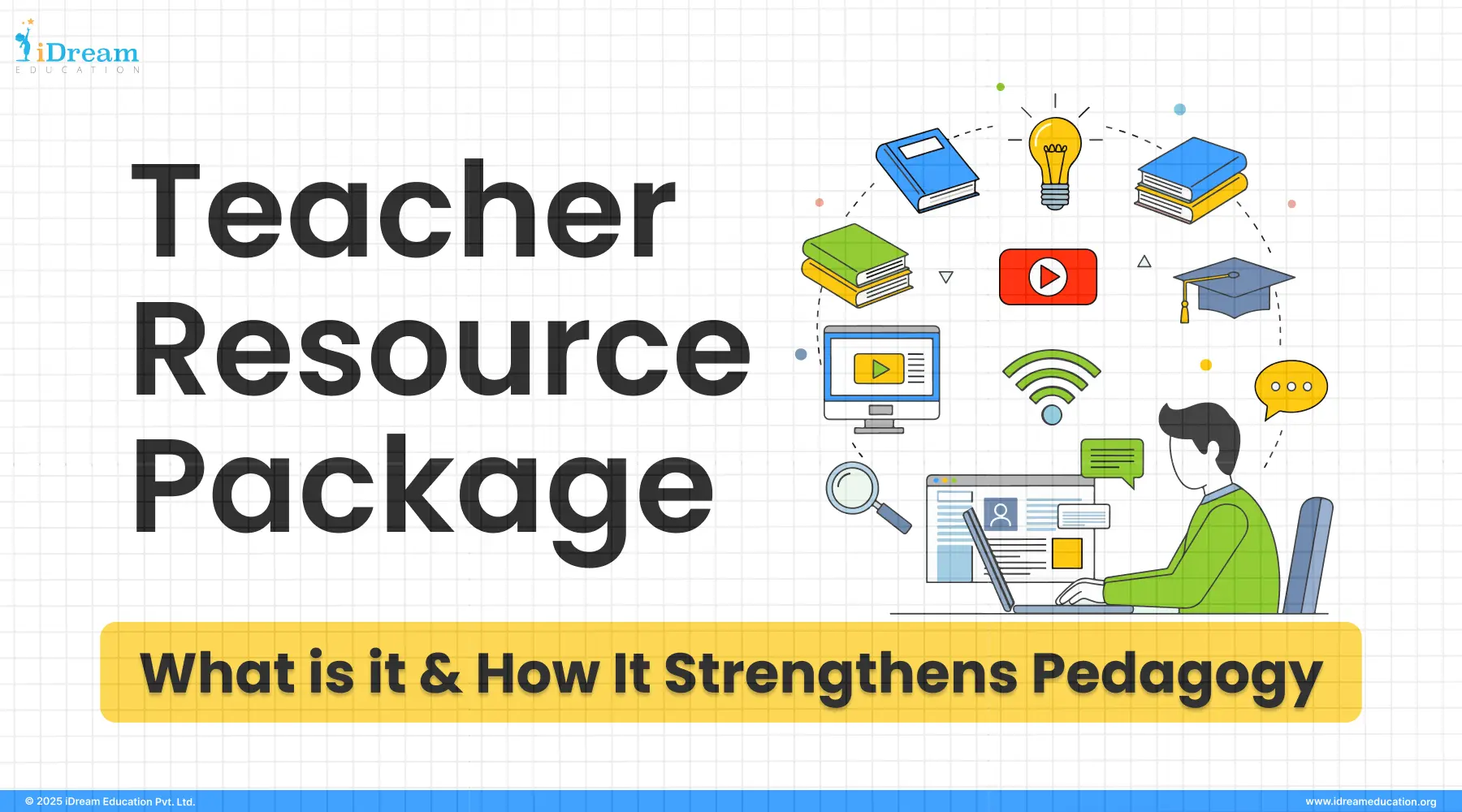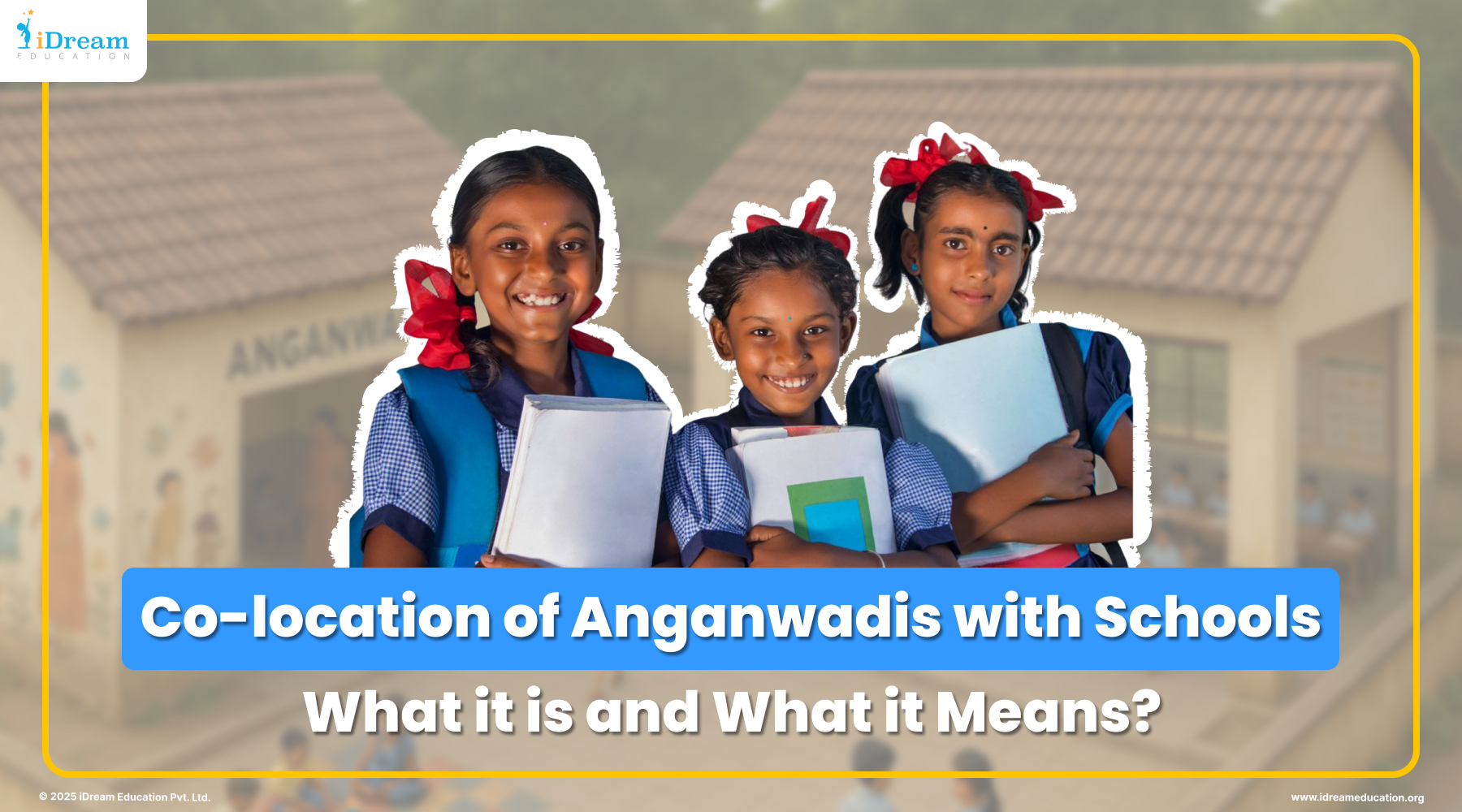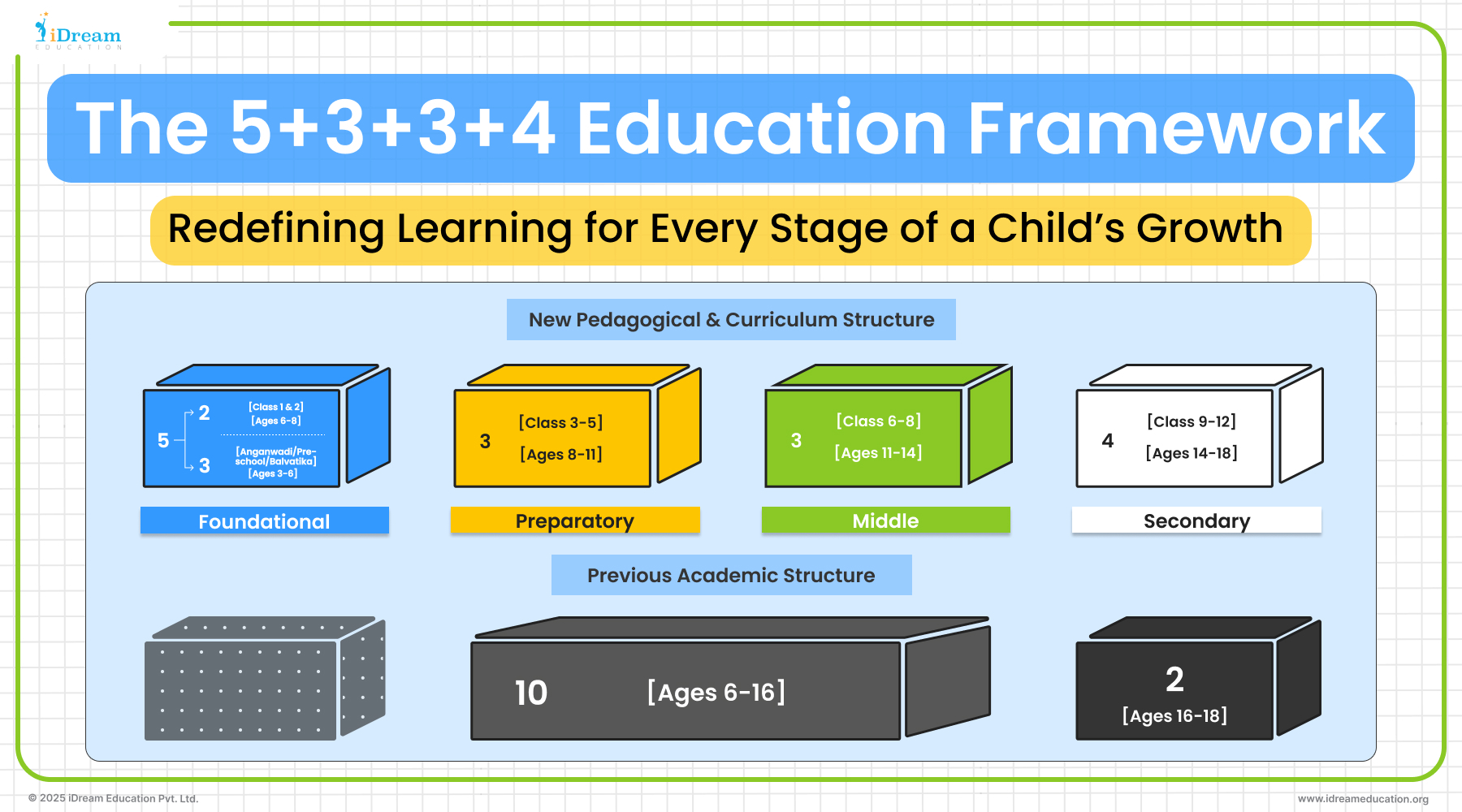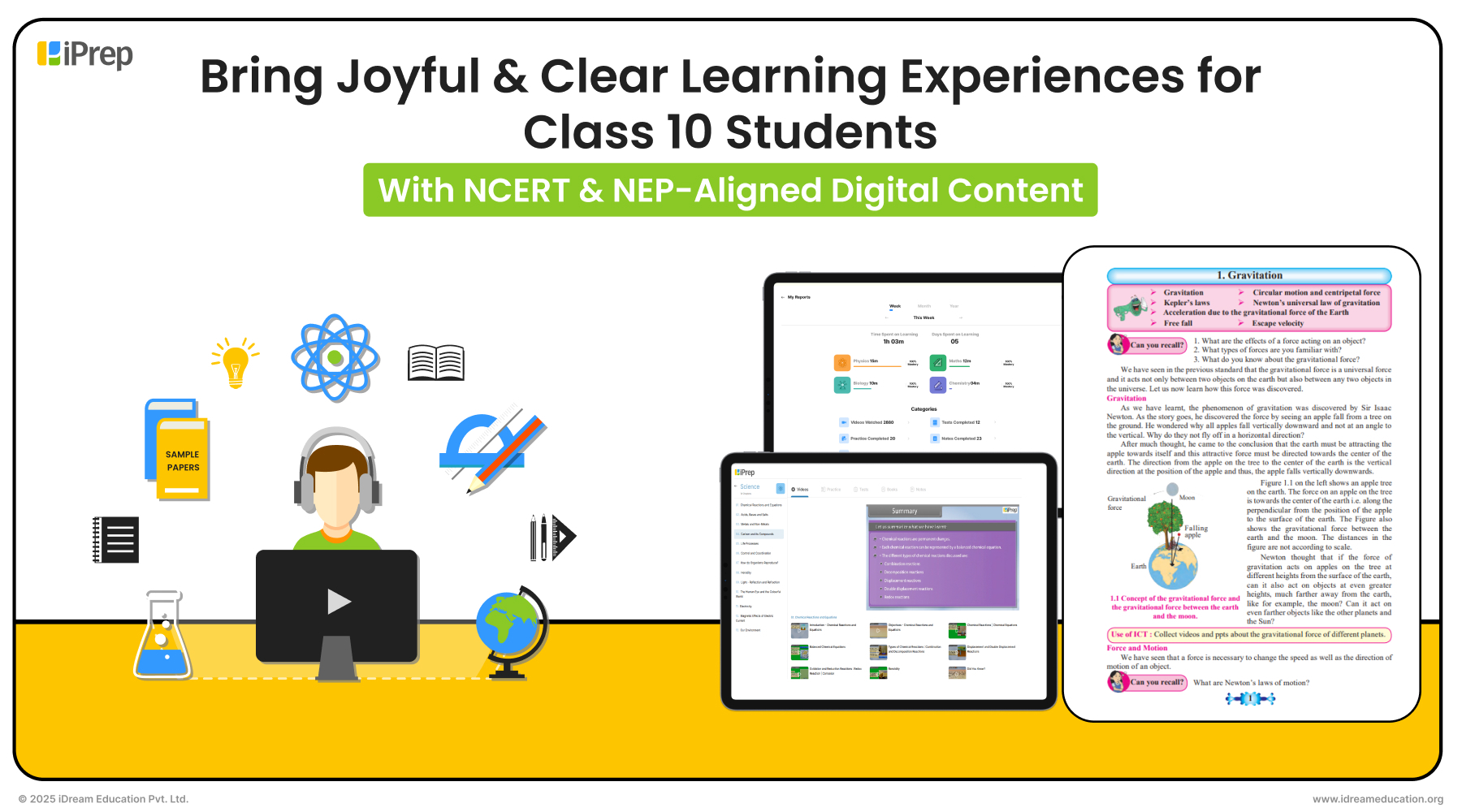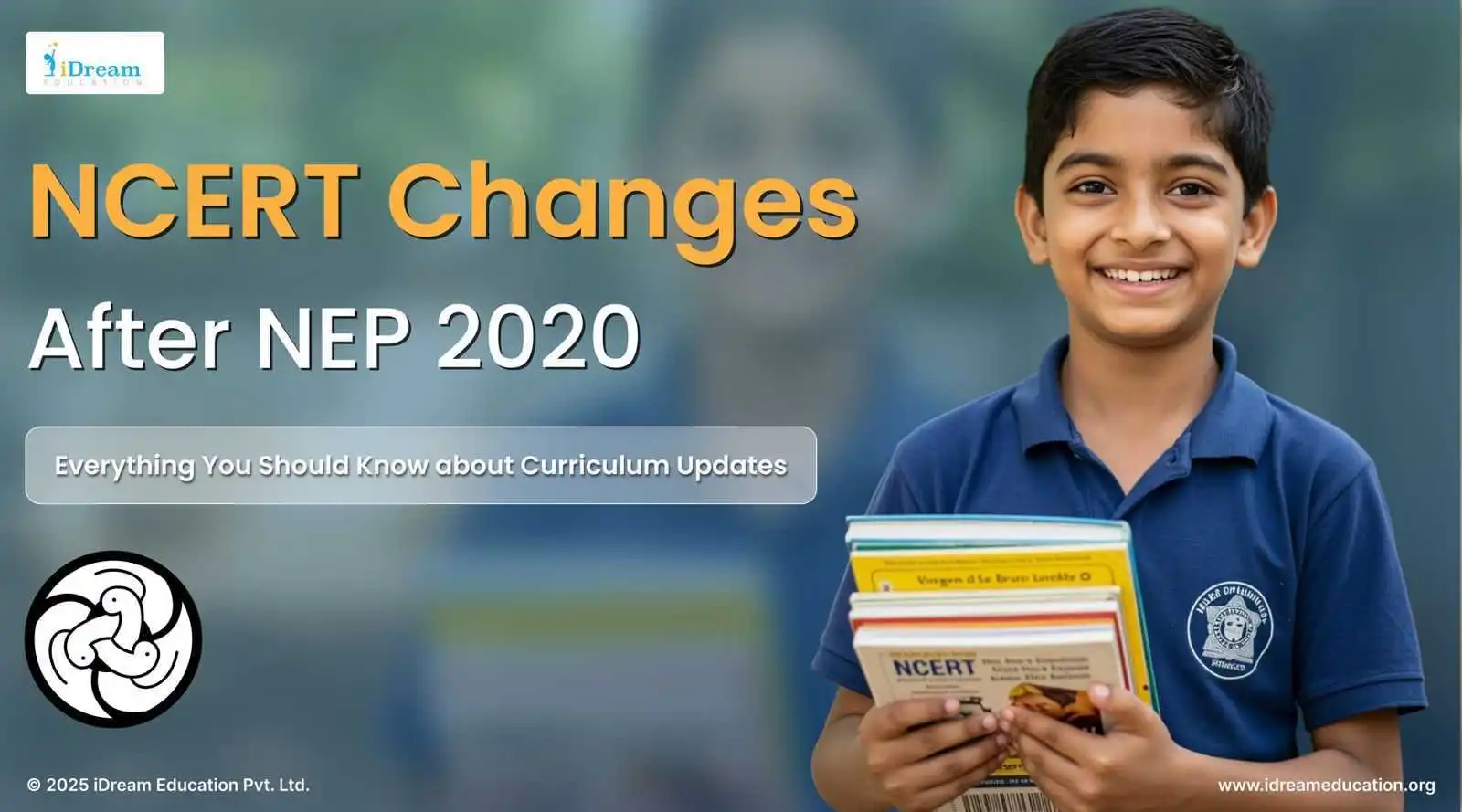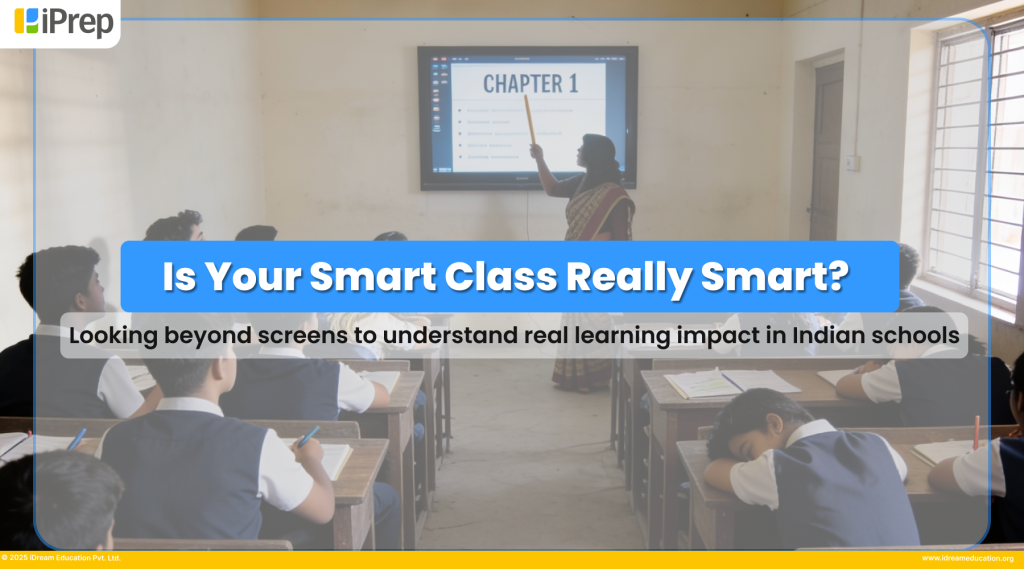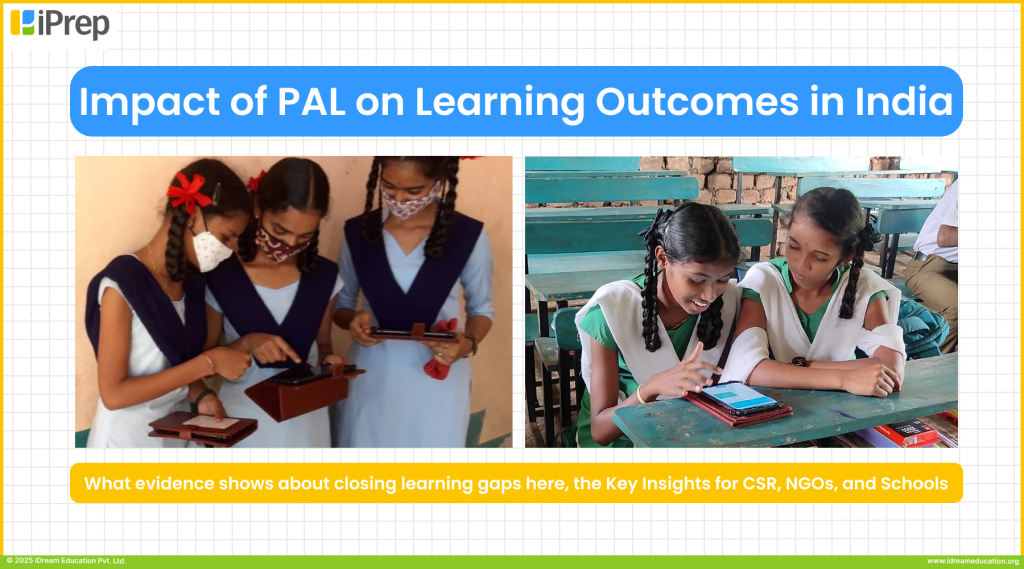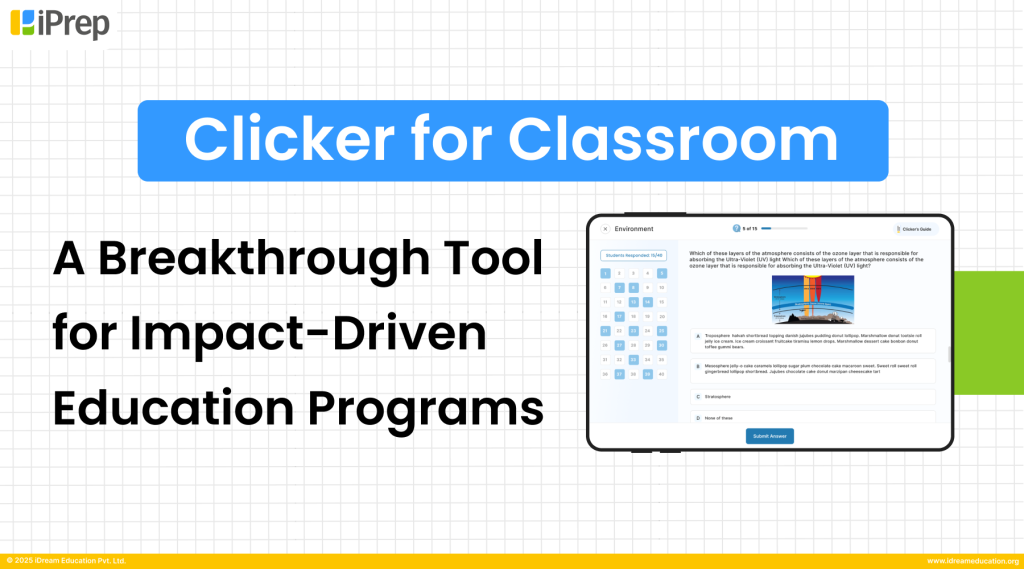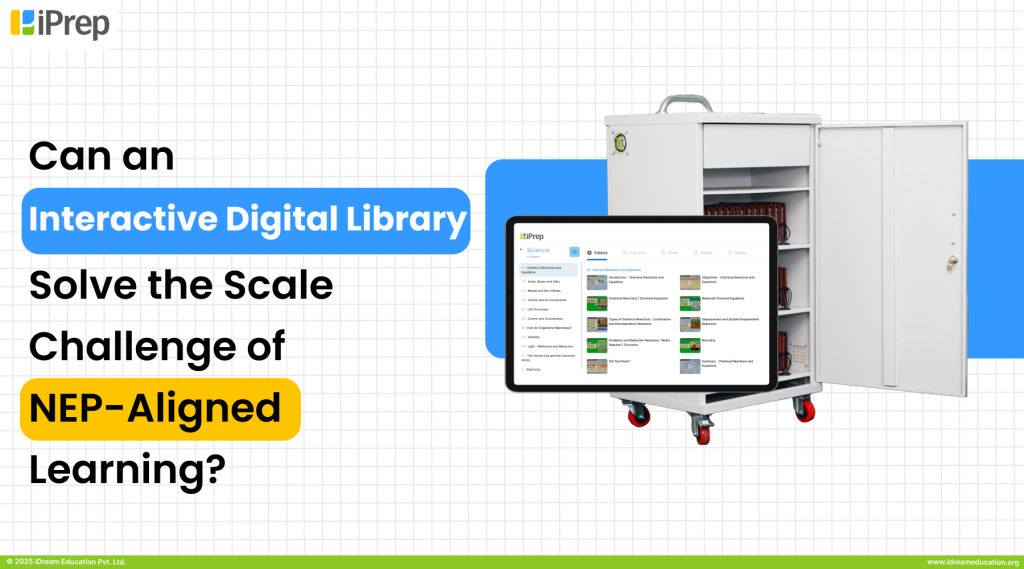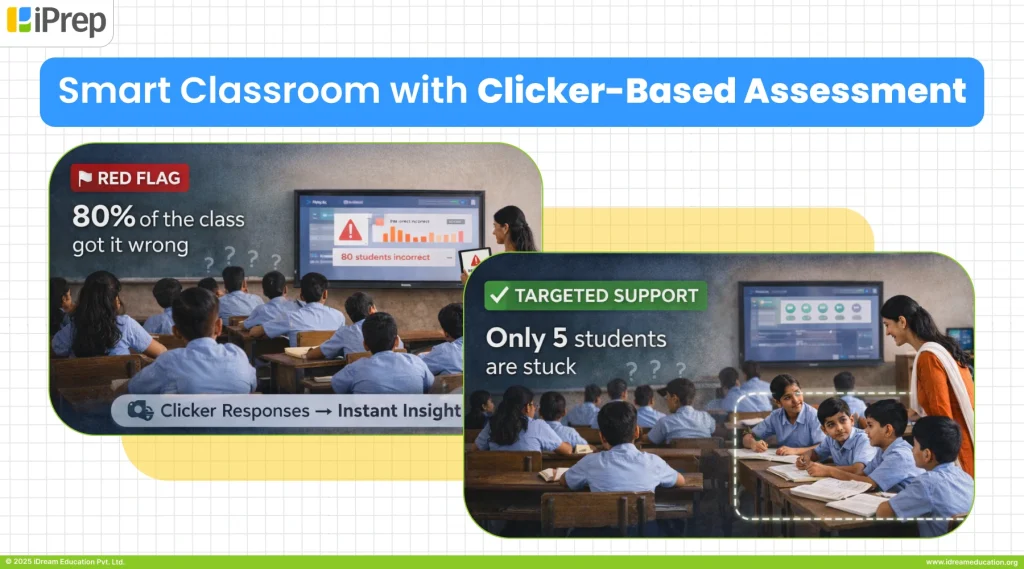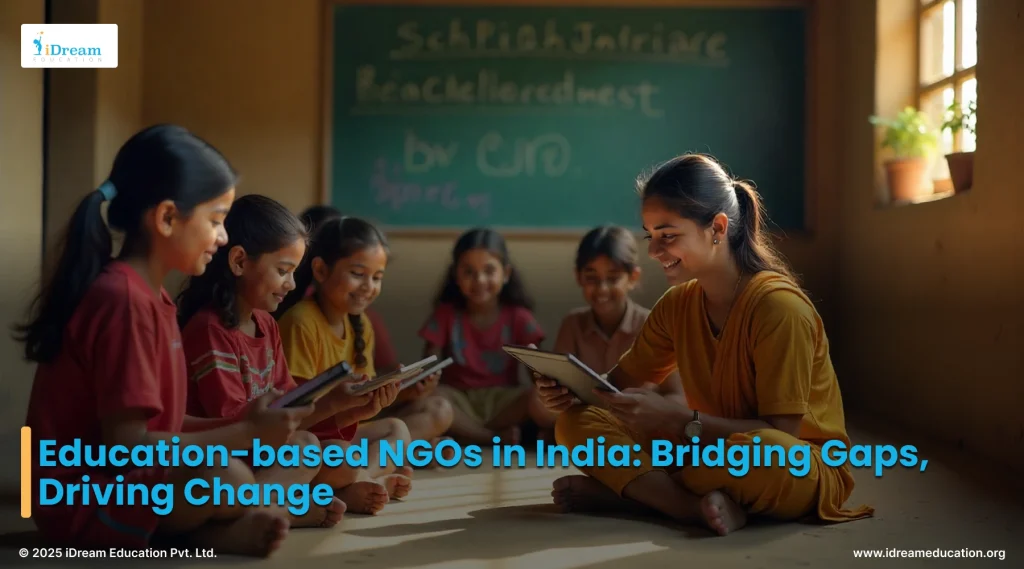
Introduction
In many parts of India, especially in remote villages or crowded urban areas, children still struggle to get a decent education. It’s not always about not having schools, sometimes the schools are there, but kids don’t really understand what’s being taught. Lessons feel disconnected from their lives, and over time, many just stop going.
That’s where some NGOs quietly step in. They don’t just hand out books or tech and leave. They stay with the community, try to understand what’s missing, and build something that helps. Some train teachers, others bring in simple digital tools, and many just try to make learning feel more local, something kids can relate to.
It’s slow work, and it’s not always perfect, but it’s making a difference, especially for kids who might’ve otherwise been left out completely.
This blog looks at what holds back learning in India, how Education-Based NGO are making a real difference, and what makes their work so important in building a stronger future for all.
Understanding the Big Gaps in India’s Education System
Even today, millions of children in India still don’t go to school regularly. Many of them are first-generation learners. Some come from families where education wasn’t a priority before. Others live far from the nearest school.
In rural areas, schools often don’t have enough teachers. Some buildings are in poor shape. Basic things like toilets, clean drinking water, or electricity may be missing. These small gaps add up, and they affect how children learn.
In cities, the problem looks different. Many low-income families send their kids to overcrowded government schools. Teachers may be overworked, and students may get little personal attention. Language barriers are also common. In some classrooms, students don’t fully understand the language used in books or by teachers. That makes it hard to follow lessons, especially in subjects like science or maths.
Another issue is how lessons are taught. Often, it’s still about memorizing and repeating. Students may not get the chance to ask questions or really understand what they’re learning. And when learning doesn’t feel useful or connected to life outside school, many students drop out. Add to this the impact of the COVID-19 pandemic school closures widened the gap. Many students from poor homes had no access to online classes. For them, learning just stopped.
These are not just small problems. They affect how ready children are for the future. And that’s exactly where an education based NGO steps in. Learn how NGOs working for Education are tackling learning gaps in India’s diverse environments
What does an Education based NGO do?
An Education-focused NGO works in many different ways, depending on where it is and who it serves. But at the heart of it, their goal is the same to help children learn better and stay in school.
Some NGOs focus on the basics. They make sure children have school bags, notebooks, or uniforms. In some places, they build toilets or provide clean water in schools. These may seem small, but they remove real barriers that prevent children from attending every day.
NGOs focus on what happens inside the classroom. They train teachers, design activity-based learning programs, or set up libraries. In places where there are not enough teachers, volunteers often step in and teach small groups of students after school.
Some NGOs use digital tools. They bring tablets or learning apps into classrooms. This helps students learn more interactively, especially helpful for those who struggle with traditional methods. In areas with no internet, some NGOs even run digital libraries for schools and learning centers that work offline.
Language is another big focus. In India’s multilingual setting, some children can’t fully understand the language used in school. NGOs create content in regional languages or offer bilingual learning support, helping students feel more included. And then there are community-based efforts. Some organizations talk to parents and explain why education matters, especially for girls. They help families see how school can lead to a better life.
All of this adds up. These NGOs don’t just support children, they support the entire education system where it needs help the most. Discover practical NGO education projects co-created for impactful learning outcomes.
Explore: Best Ways to spend CSR budget
Why These NGOs Matter More Than Ever Today
The role of education-based NGO is more urgent now than it has ever been. Despite progress in enrolment, the quality of education remains a challenge. According to the ASER Report 2023, over 50% of Class 5 students in rural India still cannot read a Class 2-level text. Many students also struggle with basic math. That means millions of children are in school, but not really learning.
The pandemic made this worse. Schools were shut for over 18 months in some states. Students from low-income families didn’t have access to online classes. Learning gaps grew wider, especially for those in government schools or remote areas. This is where NGOs stepped in. Many distributed printed worksheets, ran local learning centres, or used simple mobile technology to keep children connected to learning. In recent years, several digital education programs for NGOs have also emerged, enabling flexible learning even in low-resource settings.
Even in 2025, some schools lack internet, trained teachers, or regular electricity. Government programs can’t cover every need. NGOs become the link between policy and ground reality. They adapt faster, work directly with communities, and often experiment with innovative and scalable CSR project ideas that later get adopted at scale. In this effort, partnerships between CSR initiatives and EdTech companies are playing a key role in bringing digital tools and content to rural classrooms.
As new impact assessment rules for CSR come into effect, NGOs are also working to align their reporting and outcomes, making it easier for corporate partners to measure and expand their support.
Today, these organisations don’t just support recovery after COVID-19—they are helping reshape how learning happens for the future.
What Education-Based NGO Are Focusing On
Education-based NGO don’t all do the same thing. Their work spreads across many focus areas, each aiming to solve a different part of the learning crisis.
1. Foundational Literacy and Numeracy
Many NGOs work with children in Classes 1 to 5, especially in government schools, to build basic reading and math skills. This is where most students fall behind. Organizations like Pratham, Room to Read, and others use simple, tested methods that focus on helping each child learn at their own pace.
2. Girl Education and Gender Inclusion
Girls in rural areas still face more barriers to completing school. NGOs like Educate Girls or Milaan Foundation work directly with families and communities to encourage enrollment, delay early marriage, and help girls return to school.
3. Teacher Training and Support
Just building schools isn’t enough. Teachers also need support. Some NGOs focus on continuous training, mentoring, and even digital tools to help teachers deliver better lessons, especially in under-resourced areas.
4. Digital Learning Access
Access to technology is uneven across the country. NGOs are now working on bringing digital libraries, tablets, smart classes, and offline content to schools that lack internet. In tribal or remote regions, this becomes a bridge to modern learning. Many of these efforts are backed by CSR partnerships with EdTech companies, which help scale access through meaningful technology integration.
5. Learning for Children With Disabilities
Some organisations also specialise in inclusive education. They ensure children with learning difficulties or physical disabilities aren’t left out. They adapt materials, train teachers, and work with parents for full participation. These are often part of scalable CSR education project ideas designed to promote equity and accessibility across all learner groups.
6. Community and Parent Engagement
Education doesn’t end at school gates. Many NGOs involve parents and local leaders so they understand the value of learning. This builds long-term support for schooling and helps reduce dropouts.
These focus areas are not separate, they often overlap. Together, they create a more complete and child-centered ecosystem.
Challenges That an Education-Based NGO Faces on the Ground
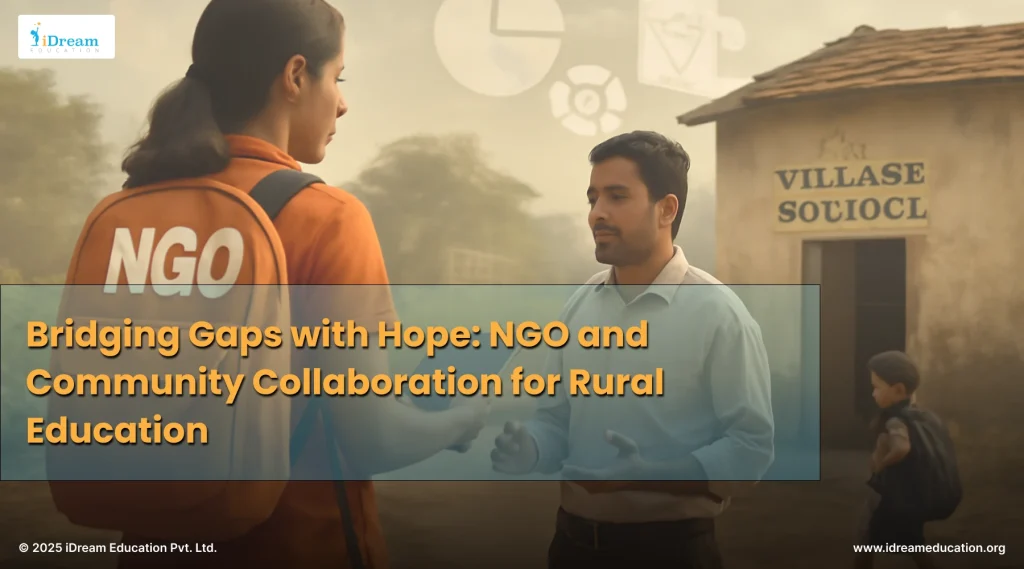
Running an education-based NGO in India is meaningful work, but it isn’t easy. Many organizations, no matter how big or small, face tough challenges in day-to-day operations. These issues often decide whether their impact is deep and lasting or limited and scattered.
1. Funding Gaps and Uncertainty
While many NGOs depend on CSR or donor funding, this is often short-term and project-based. Planning for the long run becomes difficult when budgets shift year to year. Some NGOs also face delays in fund disbursal or have to spend months preparing detailed proposals with no guarantee of approval.
Diversifying funding sources, a mix of CSR, individual donors, and government tie-ups, can reduce over-dependence on one type of support.
2. Working in Remote or Hard-to-Reach Areas
Many of the children who need the most help live in tribal belts, hill districts, or villages far from cities. Reaching these areas means poor roads, long travel hours, and difficulty in hiring local staff. Weather and political situations can sometimes stop field visits completely.
Technology alone can’t solve this. Long-term trust with the community, hiring local educators, and training them on the ground work better than only sending in external experts.
3. Government Coordination and Policy Alignment
Education-based NGO often need permissions to work in schools, access data, or train teachers. Policies vary from state to state, and changes in political leadership can lead to delays or loss of momentum in partnerships.
Building relationships with education officers at both the district and state levels is essential. NGO programme in education that align their goals with government priorities (like FLN or NEP 2020) often face fewer barriers.
4. Measuring Learning Outcomes at Scale
It’s easier to count how many children enrolled or how many sessions were held. But knowing whether real learning happened is harder. Not all NGOs have tools or systems to measure student progress effectively.
Simple baseline and endline tests, observation sheets, or tech-based dashboards can help track progress. But it’s important that these tools are designed to work in low-resource settings.
5. Staff Retention and Capacity Building
NGOs often work with a small team. Field staff turnover is high, especially when salaries are low or the work requires frequent travel. Retaining passionate educators and upskilling them regularly is a consistent challenge.
Investing in staff growth, offering flexibility, and creating a supportive work culture are not luxuries, they’re essential to keeping teams motivated.
6. Maintaining Consistency and Scale
Pilots work well. Scaling across hundreds of schools while keeping the same quality is a different game. What works in one district may not work in another due to language, infrastructure, or community issues. See how digital accessibility solutions empower NGOs to overcome barriers
NGOs that scale slowly, listen to feedback, and adapt programs locally tend to stay effective in the long run.
How CSR Can Support and Strengthen These Efforts
In India, Corporate Social Responsibility (CSR) plays a big part in supporting education. Since 2014, companies have been required to set aside a part of their profits for social good. Education continues to be the most common area where CSR money is spent.
Education Gets the Biggest Share
According to data from the Ministry of Corporate Affairs:
- Out of the total CSR spending in India, around 40% goes to education.
- In 2022-23, this meant about ₹4,000 crore was spent just on education-related projects.
- States like Maharashtra, Gujarat, Tamil Nadu, and Karnataka received the most funding.
These numbers show that companies are serious about improving education, but there’s still a gap in rural and tribal areas. Best NGO partnerships to amplify CSR education impact across states.
What NGOs Really Need
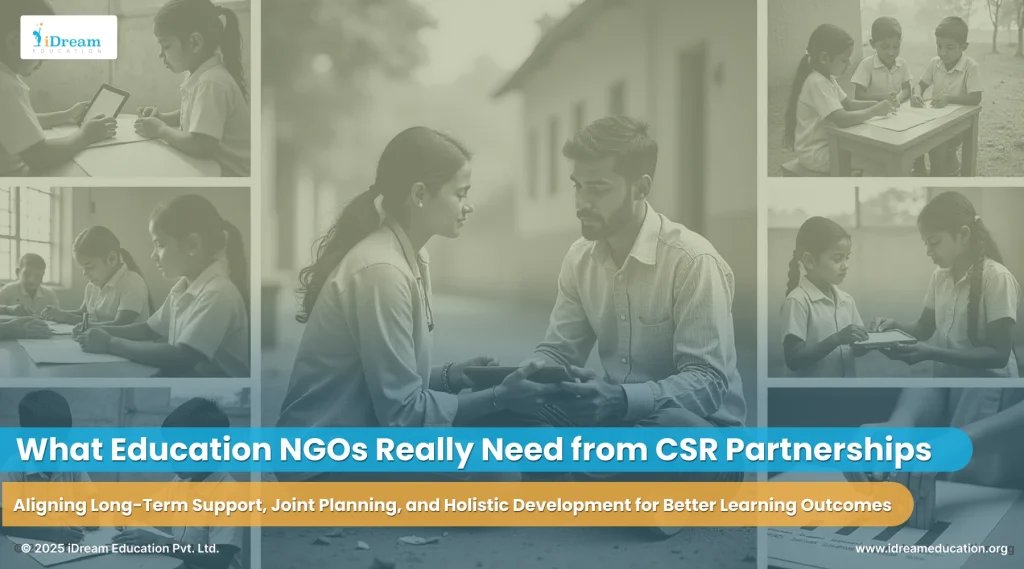
Most education-based NGOs need long-term support, not just one-time donations. CSR funds can help in:
- Running schools and learning centers
- Training teachers
- Developing learning material
- Buying digital devices and setting up smart classrooms
- Reaching children in remote villages
When CSR supports these areas, it helps NGOs do their work better and reach more children.
Why Planning Together Is Important
Often, companies and NGOs have different ways of working. Companies want results and numbers. NGOs focus more on the process and community work. If both sides plan together, it leads to better outcomes and avoids confusion.
Measuring the Impact
Many companies want proof that their CSR money is making a difference. So, they ask NGOs to share data and reports. But not every NGO has the tools to do this well. Helping NGOs with simple ways to track and report their work makes things easier for both.
More Than Just Education
Some CSR programme ideas also support things like clean drinking water, health camps, or better sanitation in schools. These things may not be directly related to learning, but they help children stay healthy and attend school regularly.
Thoughts and Recommendations
Education-focused NGO play a steady, hands-on role in solving some of India’s toughest learning challenges. But their work becomes more effective when it’s supported well through long-term partnerships, steady funding, and shared planning.
Based on everything we’ve explored, here are some honest, practical recommendations for companies, donors, and even NGOs themselves:
1. Look Beyond the Usual Cities
CSR money often stays in metros or industrial zones. But rural, tribal, and conflict-prone regions need the most help. NGOs working in these areas should be identified and supported more deliberately.
2. Support Core Costs Too
Many NGOs struggle to pay staff, cover travel, or run their offices. CSR should cover not just the project work, but also the essential operations that make long-term work possible.
3. Build Together, Don’t Just Fund
Instead of just giving money and waiting for a report, companies should sit with NGOs to design the plan. That way, the support is practical, local needs are understood, and the impact is stronger.
4. Promote Digital Learning with Purpose
If funding digital libraries, smart classrooms, or tablets, make sure these tools actually match the local learning level, language, and school infrastructure. Don’t just fund hardware support training, content, and follow-up too.
5. Think in Years, Not Months
Real learning change takes time. Short-term grants won’t solve deep issues. Wherever possible, companies should commit for 2–3 years or more. This builds trust, allows proper monitoring, and leads to real progress.
Ready to build an education programme that bridges gaps and delivers real learning outcomes? Let’s make it a reality.
To learn more, you may contact us at +917678265039.
You can also share your details here or write to us share@idreameducation.org.


